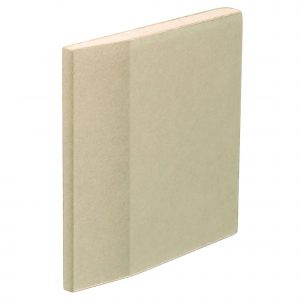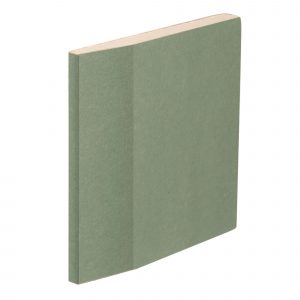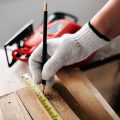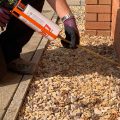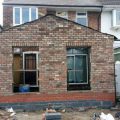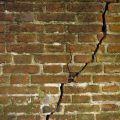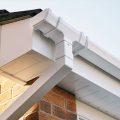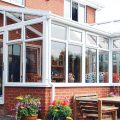Plastering
The Integration Builders plastering team service both domestic and commercial clients, working on jobs of all sizes throughout Liverpool. We take great pride in our workmanship, providing sound advice and ensuring an excellent finish, always.
Before undertaking any work, a member of our team will visit you to inspect your property, discuss your requirements and then provide a competitive quote based on those discussions. Regardless of the size of the project, we’ll give it our full attention and professionalism.
Plastering
Using a trowel, plaster is applied in layers to plasterboard, also known as drywall or gypsum. Plasterboard is screwed into a stud wall, ceiling joists, or in the case of a brick wall, they are fixed using a process called dot and dab. Dot and dab involves using a special adhesive mix applied to parts of the back of the plasterboard. The plasterboard is then fixed to the brickwork. A small gap between the board and the bricks provides extra insulation.
Our plastering team has the skills required to provide high quality, smooth, even finish no matter how intricate or tight the area being covered is. This includes plastering behind obstacles or curved areas such as arches.
When you might need to replaster
Plastering may be required when finishing building work, installing windows, addressing damp problems or replacing cracked, loose plaster. In older properties especially, you may find that tapping certain parts of a wall results in a hollow sound. This is a sign that the plaster may have come away from the brickwork. Walls or ceilings with large cracks or plaster that appears discoloured and damaged may indicate an underlying issue. For this reason, it is important to use a reputable company like Integration to ensure the problem won’t reappear further down the line.
Skimming
Skimming is the process of applying a thin coat of finishing plaster to existing plaster or plasterboard. Depending on the standard of the surface that requires plastering, it may be necessary to remove any old material that is not secure.
The skim layer is used to create a smooth finish which can then be painted or papered. For walls and ceilings that have a few small cracks but are generally sound, skimming can bring them back to their former glory.
Rendering
Although similar to plastering, rendering is the application of applying a mix to exterior walls. The material used to render outside walls is stronger than that used for interior plastering so it can easily withstand and protect against the element. Modern mixes may include acrylic or silicone for additional strength.
Render can be applied to walls as a smooth or textured finish. When painted, the outside of the house can be transformed completely increasing its value.
Plasterboard types
Plasterboard comes in various sizes and thickness and in most cases, standard plasterboard is all you need. There may be occasions though, where we might suggest an alternative product. Moisture resistant plasterboard is specifically designed for locations where you’re likely to find walls become damp such as a bathroom or a kitchen. If there is a concern about the noise insulation we may recommend using a board that provides some form of soundproofing.
